Carbon nanotubes are hollow circular structures composed of carbon atoms but graphene is nothing but a graphite layer. . graphene vs carbon nanotubes have very high surface area, high permeability and good mechanical and thermal stability.

All about graphene & carbone nanotubes
 Carbon nanotubes can be arranged in single or multi-walled . The Benefits of Multi-Walled Nano-Tubes:
Carbon nanotubes can be arranged in single or multi-walled . The Benefits of Multi-Walled Nano-Tubes:
- The production of single-walled nanotubes is costly and production is difficult to produce with their properties stabilized during polymer-nanotube processing.
- But the availability and commercialization of multi-walled carbon nanotubes has led to further improvements to the extent that products are being commercialized. For example, multi-walled carbon nanotubes have been used in color powders.
Disadvantages of Multi-Walled Nano-Tube over a Wall:
- They are less robust because of weak internal linking.
- Less resistance to erosion resulting from electron migration at high electric flux and less oxidative resistance.
The use of graphene in the production of conductive fibers used in smart textiles has been the focus of wearable technology researchers for many years. Among the features of graphene that generate a lot of revenue today in the medical, electrical and electrical fields: light weight, Significant resistance and Electrical and thermal conductivity.
Graphite carbon materials, such as carbon nanotube rope and graphene, are the strongest, lightest and most conductive fibers that have the highest weight performance, so more products can be produced at less cost.
Is graphine more stronger than carbon?
 The answer is yes. Graphene is a newly discovered honeycomb material that has the thickness of one atom. This product is known as the lightest, strongest, thinnest, best thermal and electrical conductor. Graphene structure is very strong and thin, very light, almost transparent, very good thermal and electrical conductors.
The answer is yes. Graphene is a newly discovered honeycomb material that has the thickness of one atom. This product is known as the lightest, strongest, thinnest, best thermal and electrical conductor. Graphene structure is very strong and thin, very light, almost transparent, very good thermal and electrical conductors.
Each graphene layer is made of hexagonal carbon rings that form the honeycomb structure. Graphene is a three-dimensional structure with features such as toughness, toughness, heat resistance, thinness and lightness. Explanations from this article suggest that graphine more stronger than carbon and graphene vs carbon nanotubes strength is more.
Why is graphene more useful than carbon nanotubes?

Graphene is stronger and more useful due to the bonding between the carbon atoms in the very strong covalent plane, as carbon nanotubes are expected to be stronger and more useful.
Among graphene applications that make this nano product more useful:
- Electronic applications of graphene: Graphene is a very powerful superconductor that can be used to make transistors.
- Use Graphene Energy Storage: Used to extend battery life, increase energy storage and fast charging capability.
- Graphene electronics applications: In touch screens, organic optical diodes and liquid crystal displays.
- Graphene filtration: Graphene can be used in water treatment and desalination systems.
- Composites for graphene reinforcement: This nano product is a great choice for use in the aerospace industry.
- Graphene as a drug carrier: Graphene is used for drug delivery.
- Using Graphene for Medical Engineering: Graphene can be used to improve biosensors.
In other words, carbyne vs graphene is more useful, and given the scientists’ interest in carbon versus graphene and hoping for its various applications in the near future, many research efforts have been devoted to the production methods, structure understanding and properties of graphene. .
Difference between carbon nanotubes and graphene
 The history of carbon nanotubes shows that the carbon nanotubes have good chemical stability and have excellent tensile strength (with a hexagonal integrated structure) but on a graphene plate, each carbon atom is bonded to the other 3 carbon atoms. These three links are on one plate and the angle between them is 120 degrees. In this case, carbon atoms are present to form a network of ordinary hexagons.
The history of carbon nanotubes shows that the carbon nanotubes have good chemical stability and have excellent tensile strength (with a hexagonal integrated structure) but on a graphene plate, each carbon atom is bonded to the other 3 carbon atoms. These three links are on one plate and the angle between them is 120 degrees. In this case, carbon atoms are present to form a network of ordinary hexagons.
Graphene properties include electron transport, electrical properties, and optical properties. While nanotubes have more properties and applications. Among the properties of nanotubes: their conductive and semiconducting state dependence, their geometries, light emission and absorption, unique electrical and mechanical properties along them, very high thermal conductivity due to small changes in applied forces, magnetic properties, High mobility factor etc.

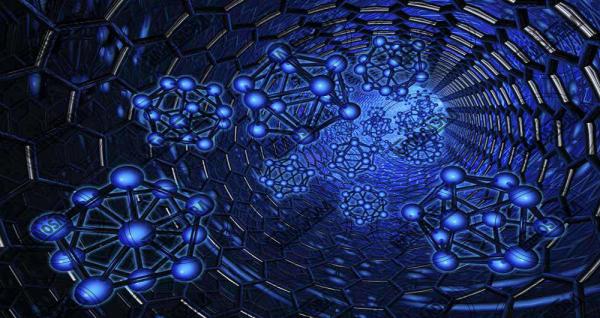
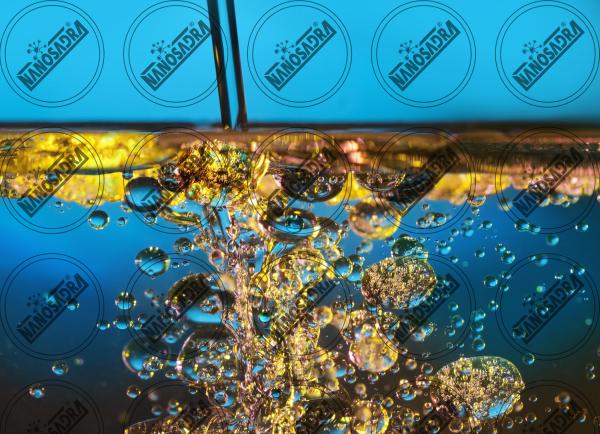
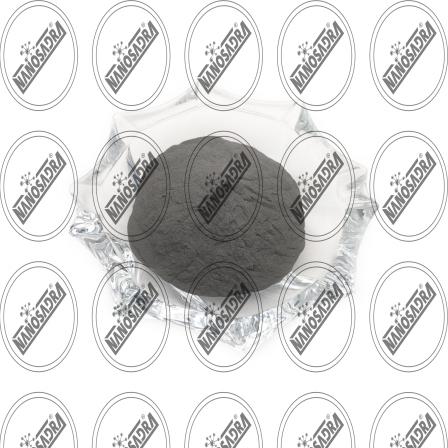
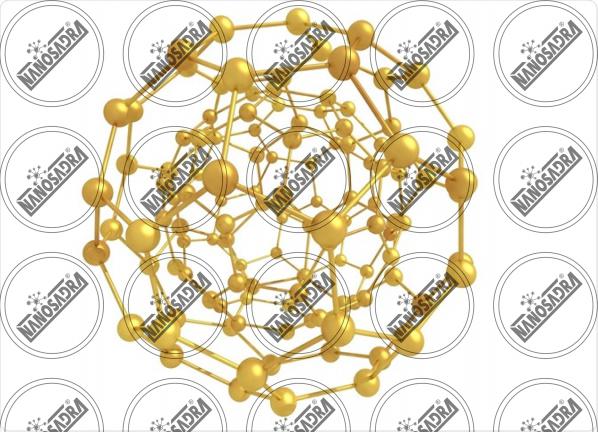
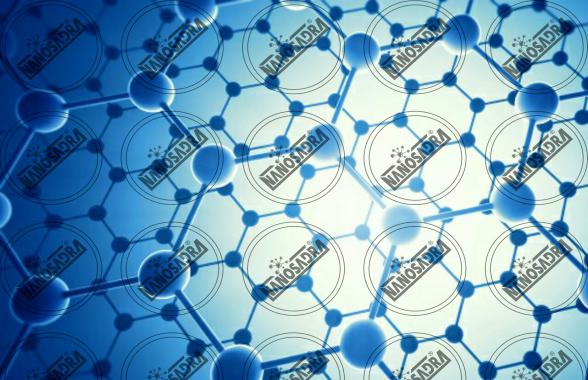
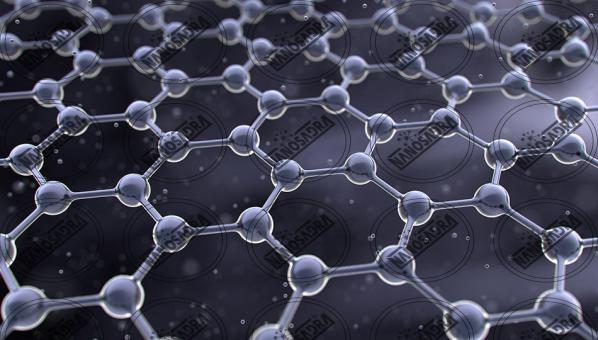
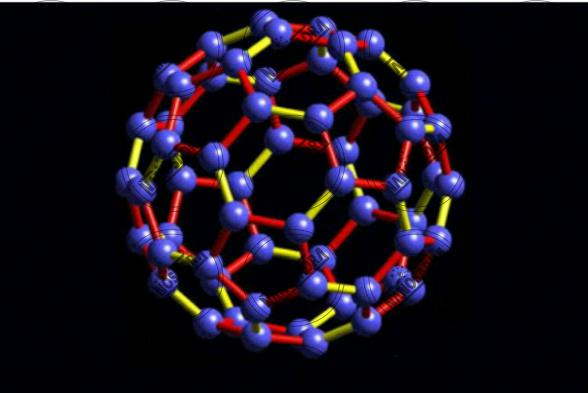
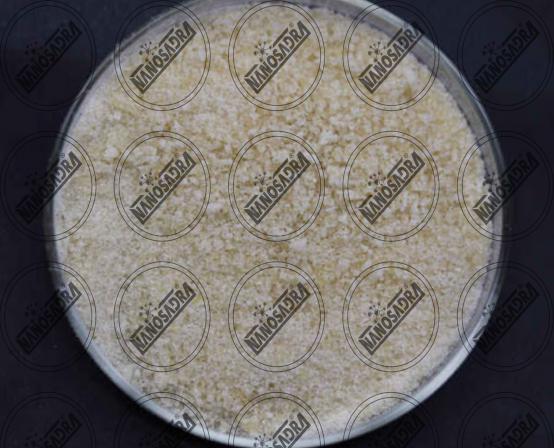

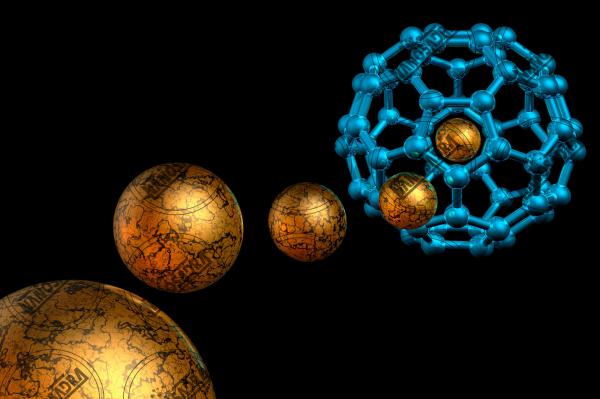
Your comment submitted.